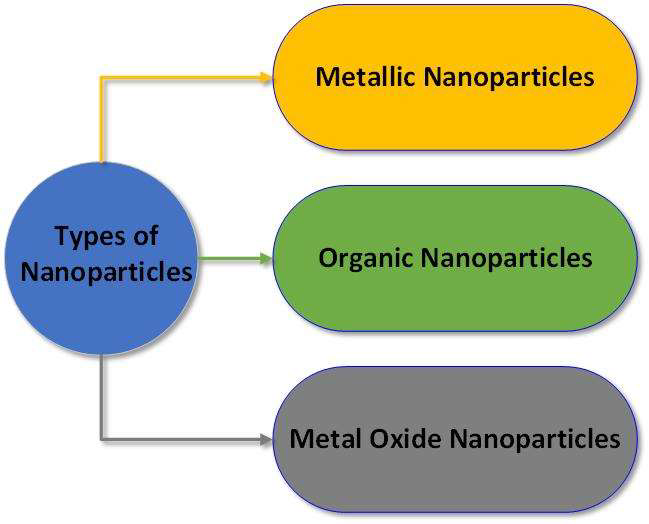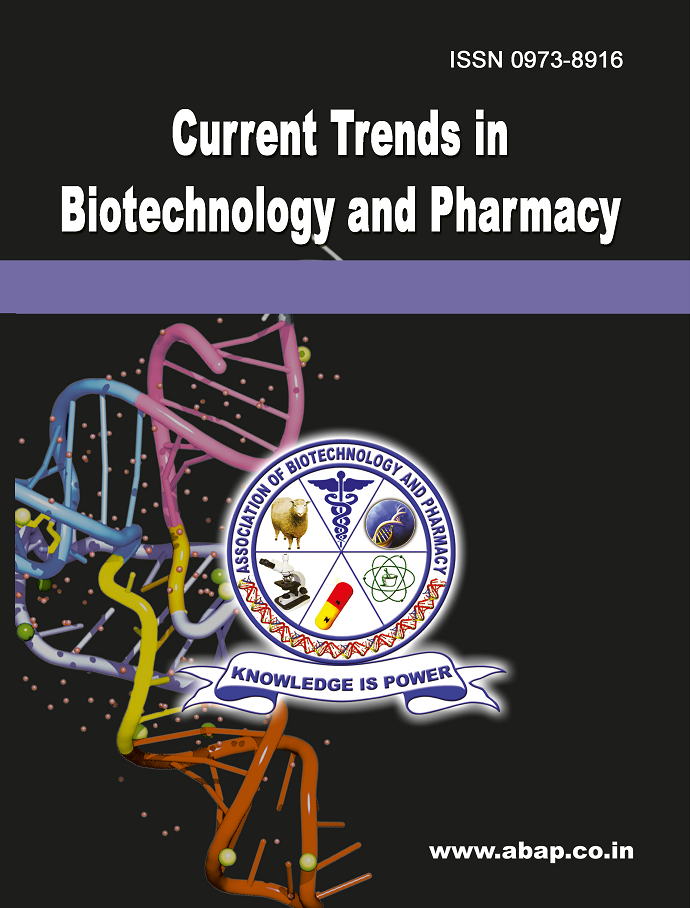Green Nanotechnology: Plant-Derived Nanoparticles for Sustainable Agriculture and Environmental Restoration
DOI:
https://doi.org/10.5530/ctbp.2025.3s.3Keywords:
Plant-derived Nanoparticles, Nanobiopesticides, Nanofertilizers, Nanobioremediation, Agriculture applicationAbstract
Nanotechnology presents transformative solutions to global agricultural and environmental concerns, with plantderived nanoparticles emerging as sustainable and long-lasting alternatives to chemically generated counterparts. This review explores the synthesis, characteristics, and numerous applications of green nanoparticles, with a special emphasis on their role in different aspects of life. Green nanoparticles, which are generated from plants, fungi , and other biological systems, have distinct catalytic, electrical, and thermal properties, making them particularly successful in sectors such as biomedicine, agriculture, and environmental sciences. Plant-derived nanoparticles in agriculture foster crop development, reduce abiotic stress, and elevate disease resistance, lowering the need for toxic chemical pesticides and fertilizers. Nanofertilizers and nanobiopesticides provide precision distribution while reducing chemical residues and boosting environmental sustainability. Moreover, these nanoparticles assist in environmental rehabilitation, displaying the ability to absorb heavy metals and organic contaminants from water and thereby restore polluted ecosystems. This article emphasizes the increasing interest in biologically manufactured nanoparticles due to their environmental accessibility, costeffectiveness and compliance with sustainable practices while acknowledging the issues with scalability of green synthesis, nanoparticle toxicity and long-term consequences. It concludes by discussing the future research objectives and broader implications of green nanotechnology in resolving global issues.



